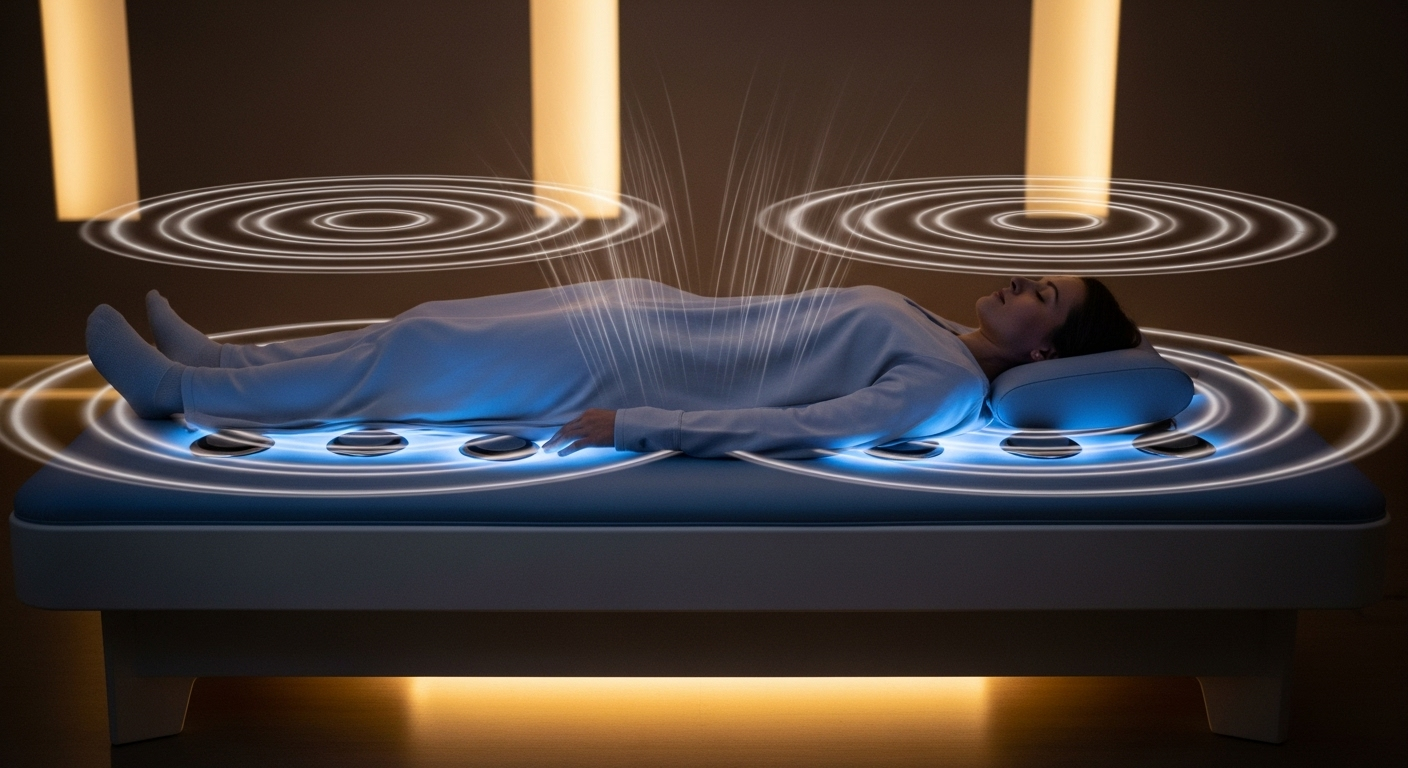Minimally Invasive Dental Implant Procedures: Modern Techniques
Modern dentistry has revolutionized tooth replacement through minimally invasive dental implant procedures that reduce discomfort and healing time. These advanced techniques offer patients a more comfortable experience while achieving the same successful outcomes as traditional methods. Understanding these innovative approaches can help you make informed decisions about your oral health restoration needs.

Traditional dental implant surgery often involved extensive incisions and prolonged recovery periods. However, recent advances in dental technology have introduced minimally invasive approaches that significantly improve the patient experience. These modern techniques utilize precise planning, advanced imaging, and specialized instruments to place implants with minimal tissue disruption.
What Makes New Dental Implant Procedures Minimally Invasive?
Minimally invasive dental implant procedures focus on preserving healthy tissue while achieving optimal implant placement. These techniques typically involve smaller incisions, reduced bone removal, and computer-guided placement systems. Digital imaging technology allows dentists to plan the exact implant position before surgery, eliminating guesswork and reducing surgical time. The procedure often requires only local anesthesia and can sometimes be completed in a single visit.
Understanding Less Invasive Dental Implant Techniques
Several innovative techniques contribute to less invasive implant procedures. Flapless surgery eliminates the need for large gum incisions by creating small access holes directly over the implant site. Computer-guided implant placement uses 3D imaging to create surgical guides that ensure precise positioning. Immediate loading techniques allow temporary crowns to be placed on the same day as implant insertion in suitable cases. These approaches minimize trauma to surrounding tissues and accelerate the healing process.
Key Benefits Patients Should Understand About Minimally Invasive Implants
Patients considering minimally invasive dental implants should understand several important advantages. Reduced post-operative discomfort means less reliance on pain medications and faster return to normal activities. Shorter healing times allow for quicker integration of the implant with surrounding bone tissue. Preservation of healthy gum and bone tissue maintains better long-term oral health outcomes. Many patients experience less swelling and bleeding compared to traditional surgical approaches.
Cost Considerations for Minimally Invasive Procedures
The investment in minimally invasive dental implant procedures varies based on complexity and location. Understanding typical cost ranges helps patients plan appropriately for their treatment.
| Procedure Type | Provider Type | Cost Estimation (IDR) |
|---|---|---|
| Single Minimally Invasive Implant | General Dentist | 22,500,000 - 45,000,000 |
| Computer-Guided Implant | Oral Surgeon | 30,000,000 - 67,500,000 |
| Immediate Loading Implant | Periodontist | 37,500,000 - 75,000,000 |
| Full Arch Minimally Invasive | Specialist Clinic | 225,000,000 - 450,000,000 |
Prices, rates, or cost estimates mentioned in this article are based on the latest available information but may change over time. Independent research is advised before making financial decisions.
Recovery and Aftercare for Modern Implant Procedures
Recovery from minimally invasive dental implant procedures typically involves less complexity than traditional methods. Most patients can resume normal activities within 24-48 hours, though individual healing varies. Proper oral hygiene becomes crucial during the integration period, which usually lasts 3-6 months. Regular follow-up appointments allow your dental team to monitor healing progress and address any concerns promptly.
Choosing the Right Approach for Your Needs
Not every patient qualifies for minimally invasive techniques, and thorough evaluation determines the most appropriate approach. Factors including bone density, gum health, and overall medical condition influence treatment planning. Your dentist will assess your specific situation using advanced imaging and clinical examination to recommend the optimal procedure. Understanding these considerations helps set realistic expectations for your treatment outcome.
Minimally invasive dental implant procedures represent a significant advancement in restorative dentistry, offering patients improved comfort and faster recovery times. These modern techniques maintain the same high success rates as traditional methods while reducing the overall treatment burden. Consulting with qualified dental professionals ensures you receive appropriate evaluation and treatment planning for your individual needs.
This article is for informational purposes only and should not be considered medical advice. Please consult a qualified healthcare professional for personalized guidance and treatment.



